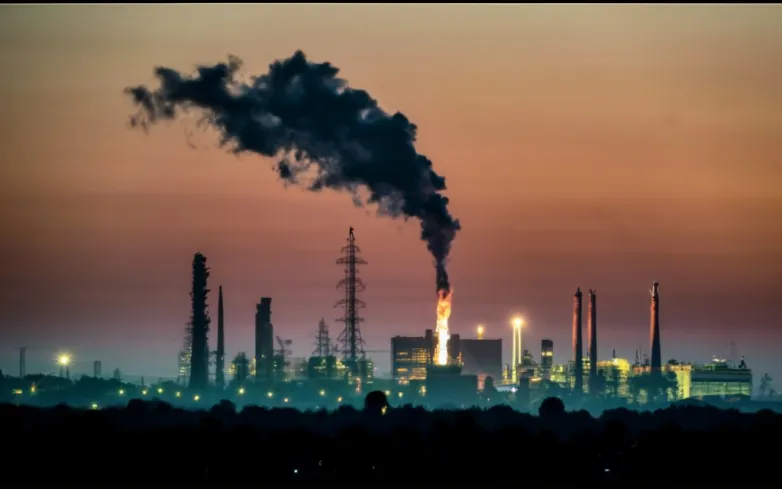US Allocates $254 Million to Decarbonize Manufacturing Sector
- The US Department of Energy is investing $254 million to decarbonize manufacturing, supporting 49 projects across 21 states. This funding aims to advance next-gen technologies and reduce emissions in key industrial sectors.

The US Department of Energy (DOE) has announced that it will invest $254 million to decarbonize domestic manufacturing. This investment is part of President Biden's agenda to build a clean energy economy. The funding will support 49 projects across 21 states, focusing on advancing next-generation technologies to cut emissions. The DOE is also offering an $83 million funding opportunity to decrease emissions from hard-to-decarbonize industrial sectors, which account for roughly 30% of total US carbon emissions.
The selected projects will support high-impact research, development, and pilot-scale technology validation and demonstration to reduce energy usage and greenhouse gas emissions in industrial subsectors such as chemicals, iron and steel, food and beverage manufacturing, and cement and concrete. The projects will be led by private industry, academic institutions, non-profit organizations, and DOE National Laboratories. The DOE's goal is to lower costs, improve energy efficiency, and accelerate the transition to a clean energy future in America's factories and industrial centers.
How is the US Department of Energy investing in decarbonizing domestic manufacturing?
- The US Department of Energy (DOE) is investing $254 million to decarbonize domestic manufacturing as part of President Biden's clean energy agenda.
- The funding will support 49 projects across 21 states, focusing on advancing next-generation technologies to cut emissions.
- The DOE is offering an $83 million funding opportunity specifically aimed at decreasing emissions from hard-to-decarbonize industrial sectors, which account for approximately 30% of total US carbon emissions.
- The selected projects will focus on high-impact research, development, and pilot-scale technology validation and demonstration.
- The aim is to reduce energy usage and greenhouse gas emissions in industrial subsectors such as chemicals, iron and steel, food and beverage manufacturing, and cement and concrete.
- The projects will be led by a combination of private industry, academic institutions, non-profit organizations, and DOE National Laboratories.
- The DOE's ultimate goal is to lower costs, improve energy efficiency, and accelerate the transition to a clean energy future in America's factories and industrial centers.
Also read


